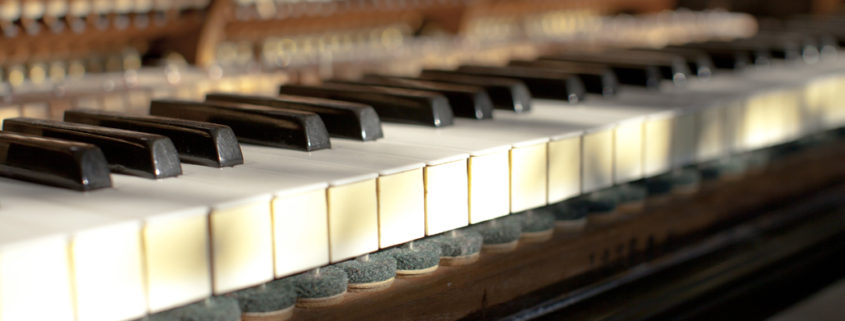This is what we choose to call the process of musically and artisanally rebuilding or remanufacturing a good, hand-built grand piano, usually a Steinway or Mason & Hamlin, with other makers’ brands (Chickering, Bechstein, or Bosendorfer, for example) done on occasion. We will hand you an exhaustive list, with pictures, of everything that was done to your piano before or as you purchase it, or receive it back from our shops—the Golden Rule at work.
We use whatever methods or protocols, materials and parts we think will produce the finest piano tone and touch possible. Our search for excellence is not money- or cost-driven; we feel that the serious piano owner, artist, venue, or search committee will prefer our instruments overwhelmingly, and will pay the extra it takes to procure the best result.
With piano designs and protocols largely unchanged since the late 19th century, advancements in piano performance, design and tonal enhancement have slowed way down, even stagnated…until the last few years.
Today, much of the essential research & development is being undertaken successfully by resourceful, passionate, enterprising private piano makers and rebuilders.
With recent discoveries, or in some cases re-discoveries, it is now possible to eliminate existing defects or tonal problem areas (for example, weaker tone and sustain in octaves 5 & 6) and to re-engineer average, mediocre, or poorly designed and executed actions, elevating them to a very high level of precision performance.
Our aim is the creation of our own artistic concept of a piano’s “tonal envelope,” with action nuances and responses perceptibly superior to the average factory piano. To create a piano that inspires players to say “Wow—this is something wonderful and different…I love this instrument…” is our passion and guiding principle.
I am driven by my own strong memories of listening to classic piano performances by great pianists when I was very young. I still love to listen to those performances, captured from the ’30’s through the mid-’60’s—the foundation of my tonal memory: Horowitz, Rubinstein, Gould, Rachmaninoff, Hoffmann, Gieseking, Bill Evans, Count Basie, Errol Garner, so many others. The pianos, even on some older recordings, sound powerful and singing, brilliant without being clangy or metallic. This “Holy Grail” of piano tone, a product of some of my earliest memories of listening to pianos, is what we’re striving for.
If you take the time to go step by step with us through a custom restoration as it’s done in our workshops, it will become crystal clear to you why a custom-restored, value-added piano is so precise, so musical, so intentional, so labor-and-skill-intensive, so much more fulfilling than most hand-built factory pianos, let alone a commercial restoration.
Come by and play. Experience always replaces belief…







